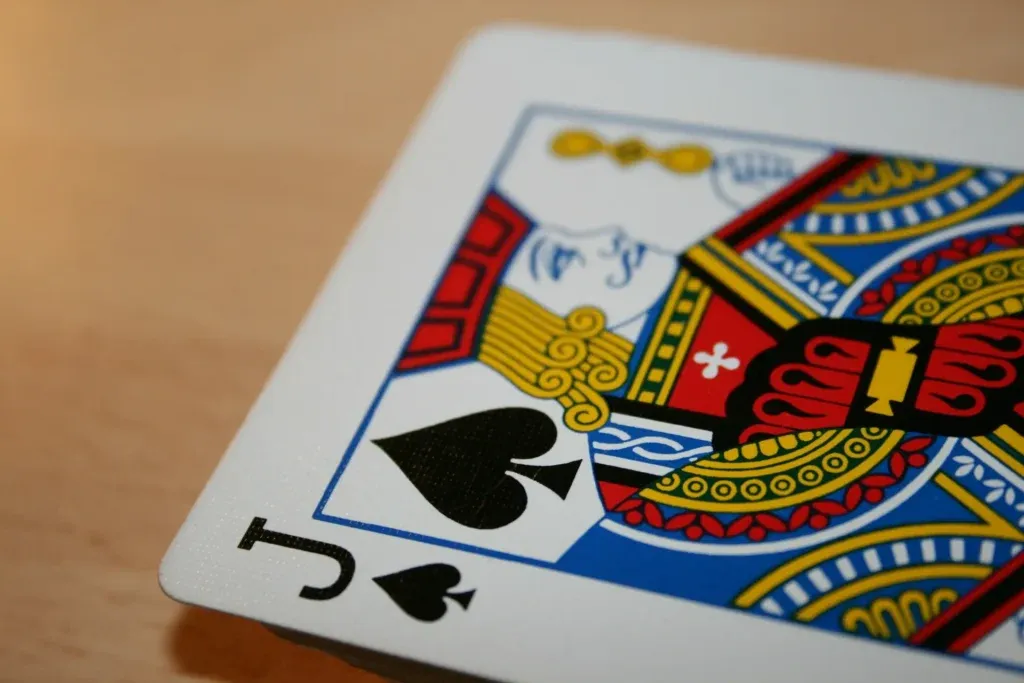Gambling is an ancient practice that has a mainstay of human activity through most of our history. Put simply, gambling is the process of betting on an event to win something, and it looks like This can be something immediate, such as the roll of the dice, or it can be something over a longer period of time such as the outcome of a football match. So, it’s not surprising that it holds a long history and there evidence of this practice in almost all cultures.
Prehistory to 900 AD: The First Gamblers
The problem with establishing the first stage of gambling is that the evidence doesn’t always survive. It has been argued that the origins of gambling are religious, where people would cast sticks and objects and then interpret what kind of outcomes there are. The earliest evidence is from China, where some tiles have been excavated that seem to be used for games. There are six-sided dice that have been found in ancient Mesopotamia. A pair of dice was found in an Egyptian tomb from 3000 BC.
Although the extent that these were necessarily used for games chance is circumstantial, it shows that there was a concern with using random events to make decisions. For example, in the Bible, it describes the use of lots to divide land and in Ancient Athens after 500 BC, the members of the juries and the Council of State were chosen by lot. What’s more, the ancient Greek poet Sophocles talks about gambling and we know that games of chance were certainly used by this stage.
The Romans took their gambling seriously. Not only were games of chance common, but betting on chariot races and gladiator contests were also common. That said, throughout long periods of the Roman period, gambling was prohibited, which led to the invention of gambling chips. This way, gamblers could claim that they were simply playing for chips.
The Tenth Century: The Introduction of Playing Cards
The next development in gambling was the appearance of playing cards, though what they were used for was not immediately clear. It took a while for the cards to develop into the kinds of playing cards that we see today, but it looks like some games of chance were common.
This led to the appearance of the earliest gambling card game, which was Baccarat. The earliest sources for the two-player version comes in the 1400s, although the rules of the game seems to have significant differences with the types of Baccarat you can play online today. It was followed by Blackjack, a couple of hundred years later. This was seen to originate in a Spanish game called twenty-one, which you can find mentioned in Don Quixote. By the Seventeenth Century, similar games were found throughout Europe.
1638: The First Casino

Venecia 678 by Richard Gomez Angel is licensed with Unsplash licence
The first recorded casino was found in Venice, Italy: the Ridotto, which allowed people to gambe in peace during the carnival season. This was unlikely to be the very first, there were probably gambling houses in ancient Rome and China, but the difference with the Ridotto is that it was the first state-sanctioned gambling establishment in Europe. In Venice, it was recognised that sanctioning and supporting gambling would facilitate public order while providing a source of revenue.
The games available at the Ridotto included the basetta, which was a card game which has been described as a cross between poker, blackjack and rummy. This was then replaced by the card game faro, showing that the development of casino games has largely had a quick turnover. The other popular game is the biribi, where there was a lottery game involving drawing a number from the bag, with the players placing bets on the 70 possible outcomes. It probably held the same excitement as Roulette does today.
By the Nineteenth Century, casinos were common throughout the world. This was the age of steamboat gamblers moving up and down the Mississippi River, which has been seen to be a way of keeping away from anti-gambling laws that were in effect on the land surrounding the river. The actual reason is that steamboat casinos were permitted as a way of keeping gambling to a very narrow part of the country, allowing for regulation. Most of the boats were just kept on a dock, without moving. Nevertheless, these kinds of casinos can be seen alongside the Ridotto, as showing the tension between the regulation and prohibition.
The Nineteenth Century: Gambling Takes Off
These games have been around since the 1800s, although their precise origin is lost. Roulette can be documented in the casinos of Paris from 1796, which was originally more similar to the American Roulette version than the European version. Another half-century passed before the European version of Roulette emerged, and by that time the game had taken the world by storm.
Poker seems to have a lot of sources and emerged gradually, as is attested to by the various forms of poker today. There are many different contenders for the game, but the recognisable form was reported in 1829. Even so, poker wasn’t that quick until it really took off in the second half of the twentieth century. Nevertheless, the development of the game shows how much of these games evolved rather than were invented, which supports their staying power.
The Twentieth Century: Slot Machines and the Rise of Vegas

Las Vegas Sign by David Lusvardi, licensed with Unsplash Licence
The invention of the slot machine in 1891 didn’t immediately usher in a world of new forms of gambling, but it certainly didn’t take long. By the 1910s, there were thousands of these machines in Europe and the USA. Although this machine underwent many iterations over the years, it still retains the basic format of various wheels spinning to create combinations that can result in wins. Even mobile video slots are linked to this date.
Along with the growth in the interest in slots came the growth in Vegas. Although in 1910, there was a national prohibition of gambling, it was then legalised after the Wall Street Crash, and this led to the growth of one of the epicentres of gambling in the world: Las Vegas. Initially a sleepy stopover established on a railroad in 1905, its population grew with the building of the nearby Hoover Dam. In 1931, the Nevada Gaming Commission sanctioned gambling, and this was helped by the extension of Highway 40 to the area. However, it was only after the 1940s that Vegas really took off.
The Future and Beyond
This rambling tour through the origins of gambling show one thing: gambling is part of a longstanding tradition and has been around as long as documented history. Today, gambling is every more accessible through online providers, and the rate of developing new games is faster than ever. So why not explore some more, seeing how far we’ve come. It’s only what the human race have been doing for millenia, after all.













